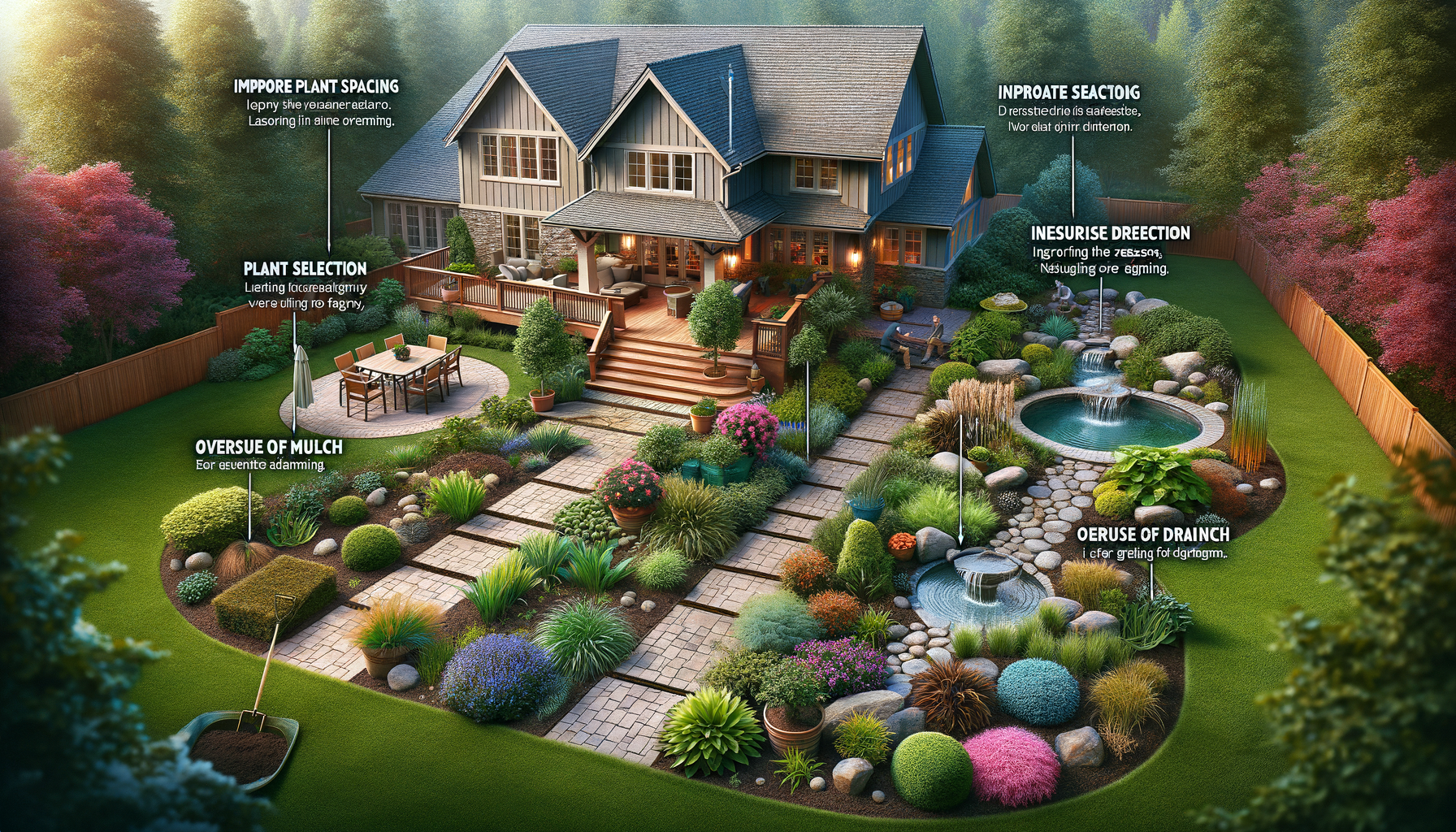
5 Critical Landscape Design Errors and How to Fix Them – Expert Advice for Your Yard
Understanding the Importance of Soil Quality
Soil is the foundation of any garden, and understanding its quality can make or break your gardening success. The composition of your soil affects water retention, nutrient availability, and root development. A well-balanced soil typically contains a mix of clay, silt, and sand, offering both structure and permeability.
Testing your soil is the first step in understanding its current state. A simple soil test can reveal pH levels, nutrient deficiencies, and organic matter content. Based on these results, you can amend your soil to improve its fertility. For example, adding compost can enhance organic matter and improve soil structure.
Consider the following when assessing soil quality:
- pH Level: Most plants thrive in a slightly acidic to neutral pH range (6.0-7.0).
- Nutrient Content: Essential nutrients include nitrogen, phosphorus, and potassium.
- Organic Matter: Increases water retention and provides nutrients as it decomposes.
Improving soil quality is an ongoing process, but with patience and the right amendments, your garden can flourish.
Choosing the Right Plants for Your Climate
Selecting plants that are well-suited to your local climate is crucial for a thriving garden. Plants have specific temperature, humidity, and sunlight requirements, and choosing those that align with your region’s conditions can reduce maintenance and increase success rates.
Begin by researching your area’s hardiness zone, which provides information on the average minimum temperatures. This will guide you in selecting plants that can withstand local winter conditions. Additionally, consider the rainfall patterns and sunlight exposure in your garden.
When selecting plants, take into account:
- Hardiness Zone: Indicates the coldest temperature a plant can survive.
- Sunlight Needs: Full sun, partial shade, or full shade preferences.
- Water Requirements: Drought-tolerant or moisture-loving plants.
By choosing plants that are naturally suited to your environment, you can create a resilient and low-maintenance garden that thrives year-round.
Designing with Purpose: Creating Functional Spaces
Garden design is more than aesthetics; it involves creating functional spaces that cater to your lifestyle and needs. Whether you desire a peaceful retreat, a space for entertaining, or a productive vegetable garden, intentional design can transform your outdoor area.
Start by assessing your garden’s layout and identifying areas for different purposes. Consider pathways, seating areas, and focal points that draw the eye. Incorporating elements like water features, pergolas, or raised beds can add both beauty and utility.
Key considerations for functional garden design include:
- Flow and Accessibility: Ensure easy movement and access to all areas.
- Privacy and Shade: Use plants or structures to create secluded spaces.
- Multi-Use Areas: Design spaces that can serve multiple functions.
By designing with purpose, you can create a garden that not only looks beautiful but also enhances your daily life.
Water Management: Efficient Irrigation Techniques
Water is a vital resource for any garden, and efficient irrigation is key to maintaining healthy plants while conserving water. Traditional watering methods can lead to waste and uneven distribution, but modern techniques offer more precision and efficiency.
Drip irrigation systems deliver water directly to the root zone, minimizing evaporation and runoff. These systems can be customized to suit different plant needs and garden layouts. Additionally, using mulch around plants can help retain soil moisture and reduce the frequency of watering.
Consider these water management strategies:
- Drip Irrigation: Provides targeted watering with minimal waste.
- Mulching: Retains moisture and suppresses weeds.
- Rainwater Harvesting: Collects rainwater for garden use.
By adopting efficient irrigation practices, you can ensure your garden remains lush and vibrant while being mindful of water conservation.
Dealing with Pests Naturally
Pests can pose a significant challenge to gardeners, but chemical pesticides are not always the best solution. Natural pest control methods can effectively protect your plants while preserving the health of your garden ecosystem.
Encouraging beneficial insects, such as ladybugs and lacewings, can help control pest populations. Companion planting, where certain plants are grown together to deter pests, is another effective strategy. For example, marigolds can repel nematodes, while basil can deter flies and mosquitoes.
Natural pest control techniques include:
- Companion Planting: Uses plant relationships to deter pests.
- Beneficial Insects: Introduces predators to control pest populations.
- Organic Sprays: Uses natural ingredients to repel or kill pests.
By focusing on natural pest control methods, you can maintain a healthy and balanced garden environment.